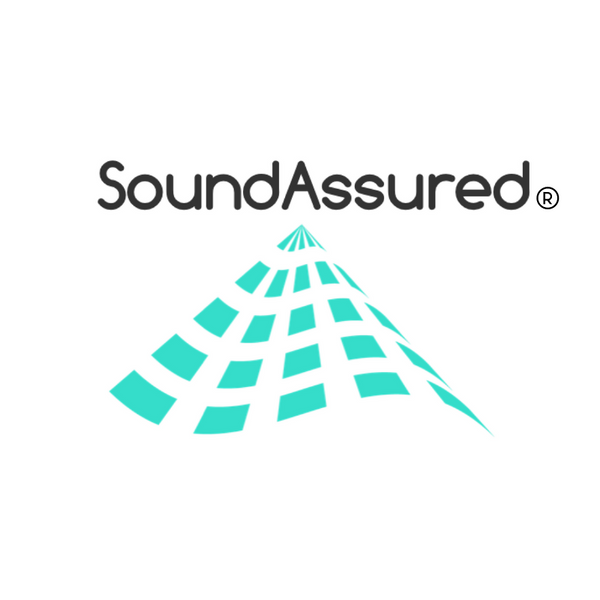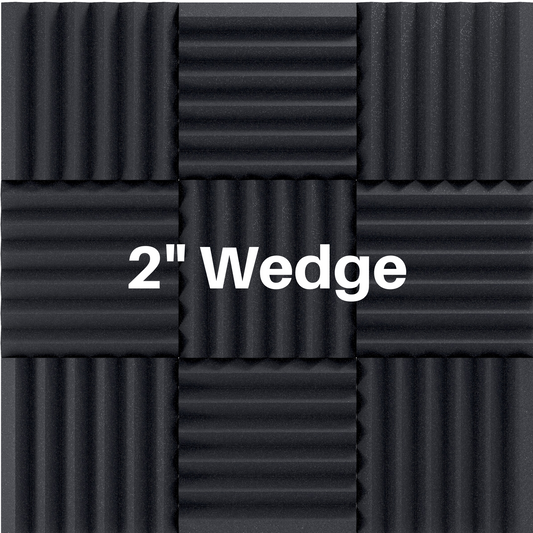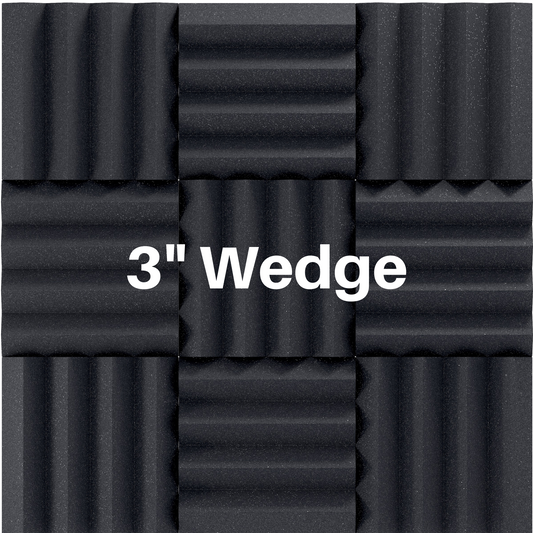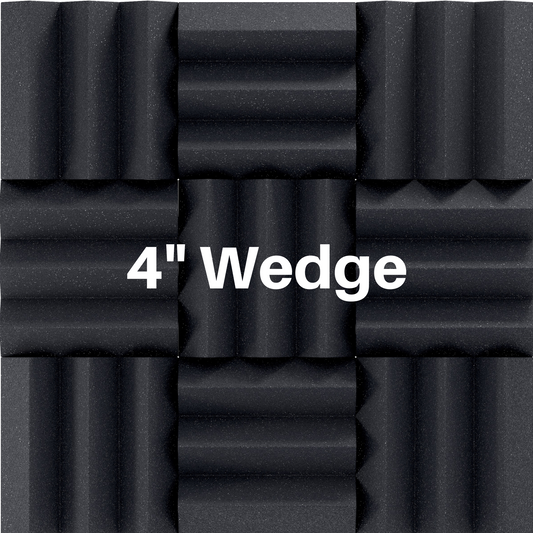Acoustic Foam Room Calculator
Share
Enter the dimensions of your room below in FEET
Normal Treatment
Wall Coverage / # Square Feet Needed
-
Example Spaces:
Offices
Churches
School Gymnasiums
Coworking Spaces
-
Example Spaces:
Offices
Churches
School Gymnasiums
Coworking Spaces
Heavy Treatment
Wall Coverage / # Square Feet Needed
-
Example Spaces:
Recording Studios
Jam Rooms
Home Theaters
Broadcast/Podcast Spaces
-
Example Spaces:
Recording Studios
Jam Rooms
Home Theaters
Broadcast/Podcast Spaces
Light Treatment
Wall Coverage / # Square Feet Needed
-
Example Spaces:
Play Rooms / Gaming Rooms
Gyms / Workout Rooms
Classrooms
Conference Room
-
Example Spaces:
Play Rooms / Gaming Rooms
Gyms / Workout Rooms
Classrooms
Conference Room





18 comments
Hello soundassured.com admin, Thanks for the well-researched and well-written post!
Hello, please send your room info to support@soundassured.com and we will help you with personalized advice
i have room width 3,5 metre
length 3.5 metre
height 2.8 metre
floor covered with cotten matting
how much remainning area should be coverd with acostik pannel
SIR I HAVE RECORDING ROOM SIZE 3.5 X 3.5 X3 METER HEIGHT ,
FLOOR COVER BY MATTING .
PL GUIDE MEV HOW MANY AREA WANT TO COVER WITH ACOSTIC MATERIAL
I’m building a music studio,haven’t decide on room to use now ,but I’m using HS8 Yamaha monitor speakers